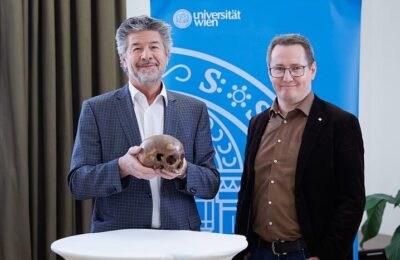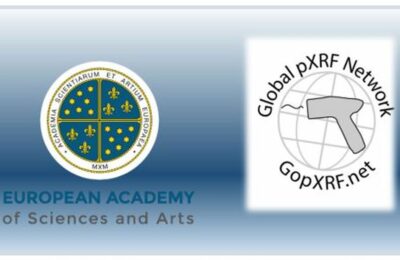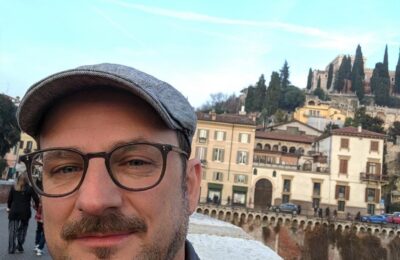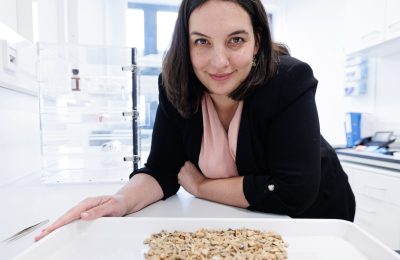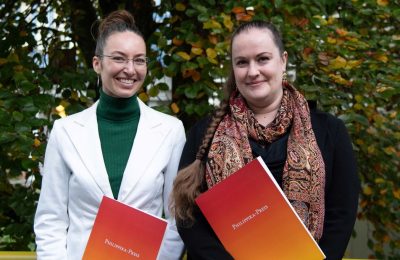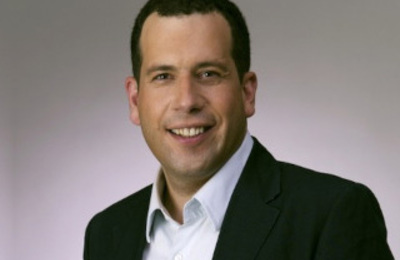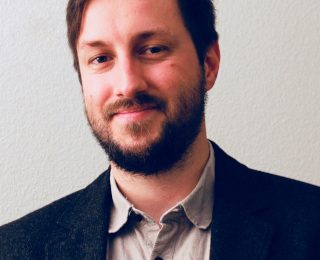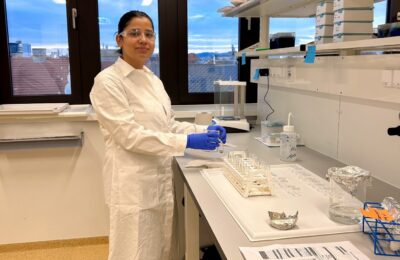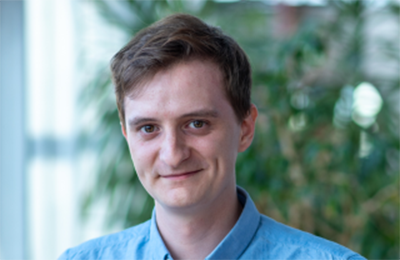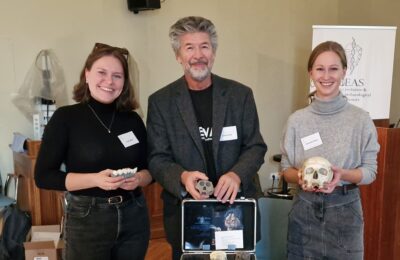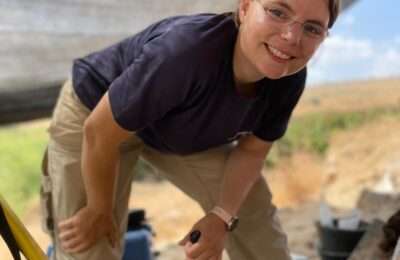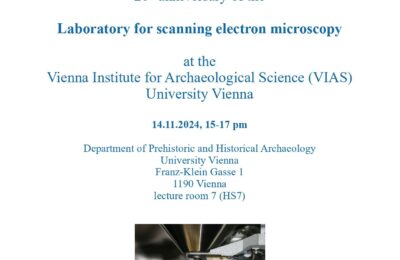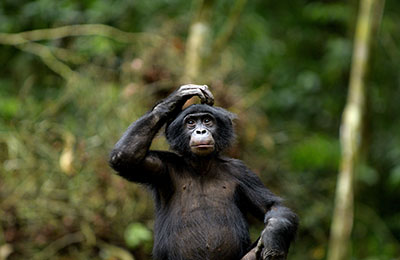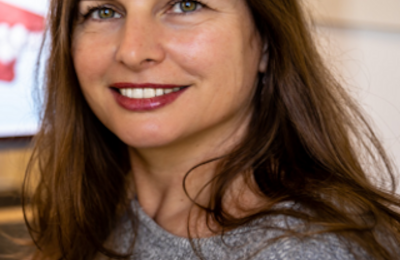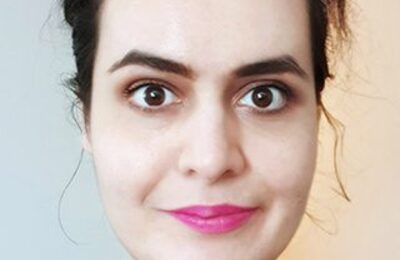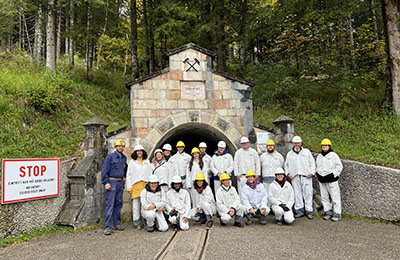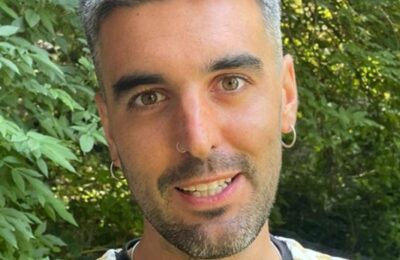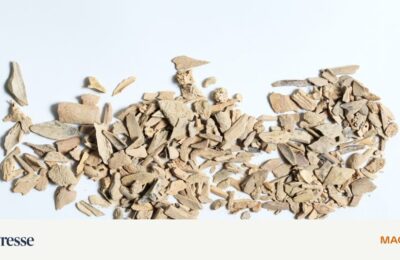HEAS Team Prove Skull from the collection of the Department of Evolutionary Anthropology is not from Arsinoë IV
A HEAS Team, led by Gerhard Weber, recently published a paper in Scientific Reports on a comprehensive analysis of a cranium found in Octagon in Ephesos. This was speculated to belong to Arsinoë IV, daughter of Ptolemy XII, and younger (half-)sister of Cleopatra VII. The analyses, however, show that these remains, stored in the collection of the Department of Evolutionary Anthropology, belong to a boy between the ages of 11 and 14 who suffered from pathological developmental disorders. This was one of the first true HEAS joint publications with an involvement of many members and workgroups through HEAS. More information: https://www.heas.at/research/publications/the-cranium-from-the-octagon-in-ephesos/ https://www.heas.at/press/cleopatras-sister-remains-missing/ https://www.youtube.com/watch?v=lbrYTEBBYwA https://medienportal.univie.ac.at/en/media/recent-press-releases/detailansicht-en/artikel/cleopatras-sister-remains-missing/
